¶ Enola
Team
| Name | Matrikel Number | Main Focus |
|---|---|---|
| Ai | 2589358 | Art, Development |
| Cengiz | 2646961 | Design, Development |
| Emma | 2652669 | Story, Development |
| Michelle K. | 2651042 | Design, Development |

¶ Project Idea
As part of the course Media Design 1, which focused on the topic of LGBTQIA+, we wanted to create a witchy and cozy 2D top-down narrative adventure game featuring simple minigames.
Our goal was to develop an emotionally rich, story-driven experience that would appeal to fans of narrative games while remaining fun and engaging for a broader audience.
We developed the game using Unity Engine.
¶ One Sentence Pitch
“A cozy narrative adventure where a young witch explores her loneliness through story-rich encounters and story-based minigames, uncovering connection and trust along the way.”






¶ Hook
As a young witch unsure of where you belong, you spend a quiet summer in the forest, searching for a cure to your loneliness.
Guided only by your cat and a kind stranger you meet along the way, you gather potion ingredients, learn to let people into your life, and begin to rediscover yourself through the story of another who, like you, never quite fit the mold.

¶ Requirements and Challenges
Our requirements analysis began with a brainstorming session, where we gathered and shared our ideas based on the course's main theme. We used a collaborative Miro board to visualize and note down our concept ideas.
In the end, as mentioned above, we collectively decided on a witch-themed 2D top-down narrative adventure game with integrated minigames.
Their purpose was not to be the core gameplay, but rather to provide interactive moments and create immersion that breaks up the narrative flow, especially for players who may not usually enjoy story-heavy games. Our goal was to create a balance between the narrative and gameplay, making sure both worked with each other. This included finding ways to integrate story into mechanics, so that interactive moments did not feel meaningless.
From the start, we focused on story and emotional impact: we wanted to make the player feel what we want them to feel. To achieve this, we prioritized only the most important ideas and tried to keep the scope practicable.
Theme: LGBTQIA+
Integrating the course’s LGBTQIA+ theme into our game was a central concern from the beginning. In addition to the witch theme, which is popular in LGBTQIA+ circles, particularly among the sapphic community, we decided to subtly portray a WLW (women-loving-women) narrative.
Intentionally, none of the characters are explicitly labeled in terms of sexuality or gender, leaving their identities open to interpretation, though the two main characters can be read as female.
Enola's sexual orientation is never brought up in the game, instead it is simply accepted as normal in her world as a witch. Skye, on the other hand, briefly mentions that her parents did not react well to her coming out, without specifying what exactly she came out as. This allows space for player interpretation while still resonating with real-life queer experiences.

¶ The Minigames
Fitting to the game's story, we made three simple minigames in total.
¶ Maze
The first minigame is set in a dark yet cozy forest. The player has to run around to find their way through the maze and pick up items along the way and should feel lost in the huge maze, reflecting Enola's inner turmoil.
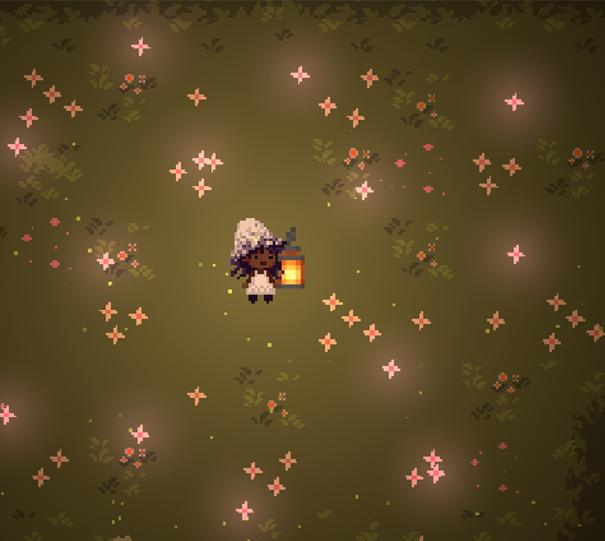
¶ Catch The Stars
The second minigame is set in a dimly lit clearing near a body of water. Randomly falling stars cast a shadow on the ground to indicate where they will land and the player has to catch them in time.
Enola moves very slowly at first, she struggles collecting the stars herself. When she later admits to needing Skye's help, her movement becomes less sluggish and Skye also moves around.

¶ Puzzle
The last minigame is set in some old, run-down ruins. The player has to figure out the correct order of pressing the buttons to solve the puzzle by trying to remember which button activates which light.
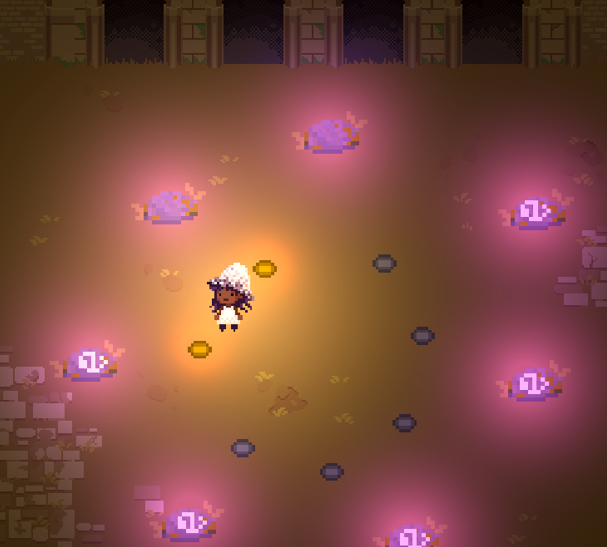
¶ Inspiration
¶ Gameplay
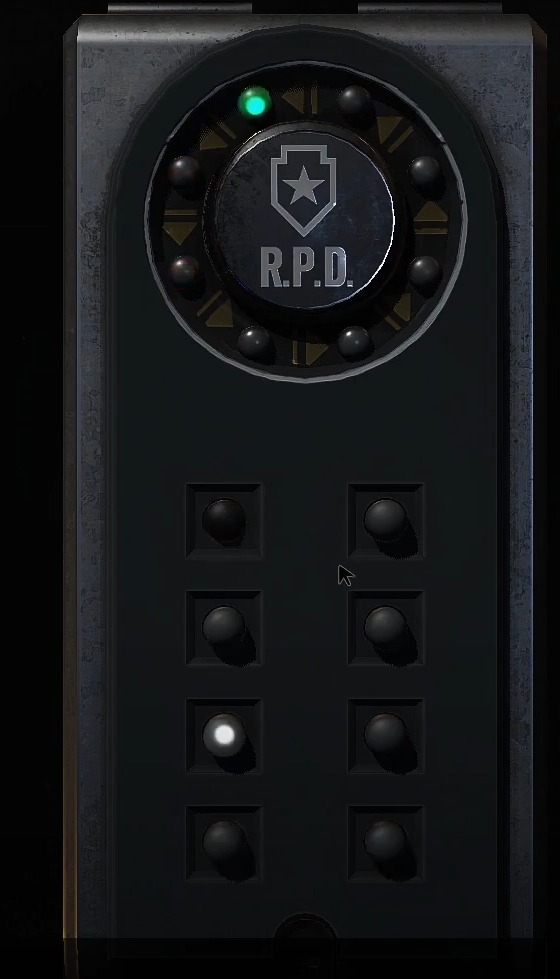
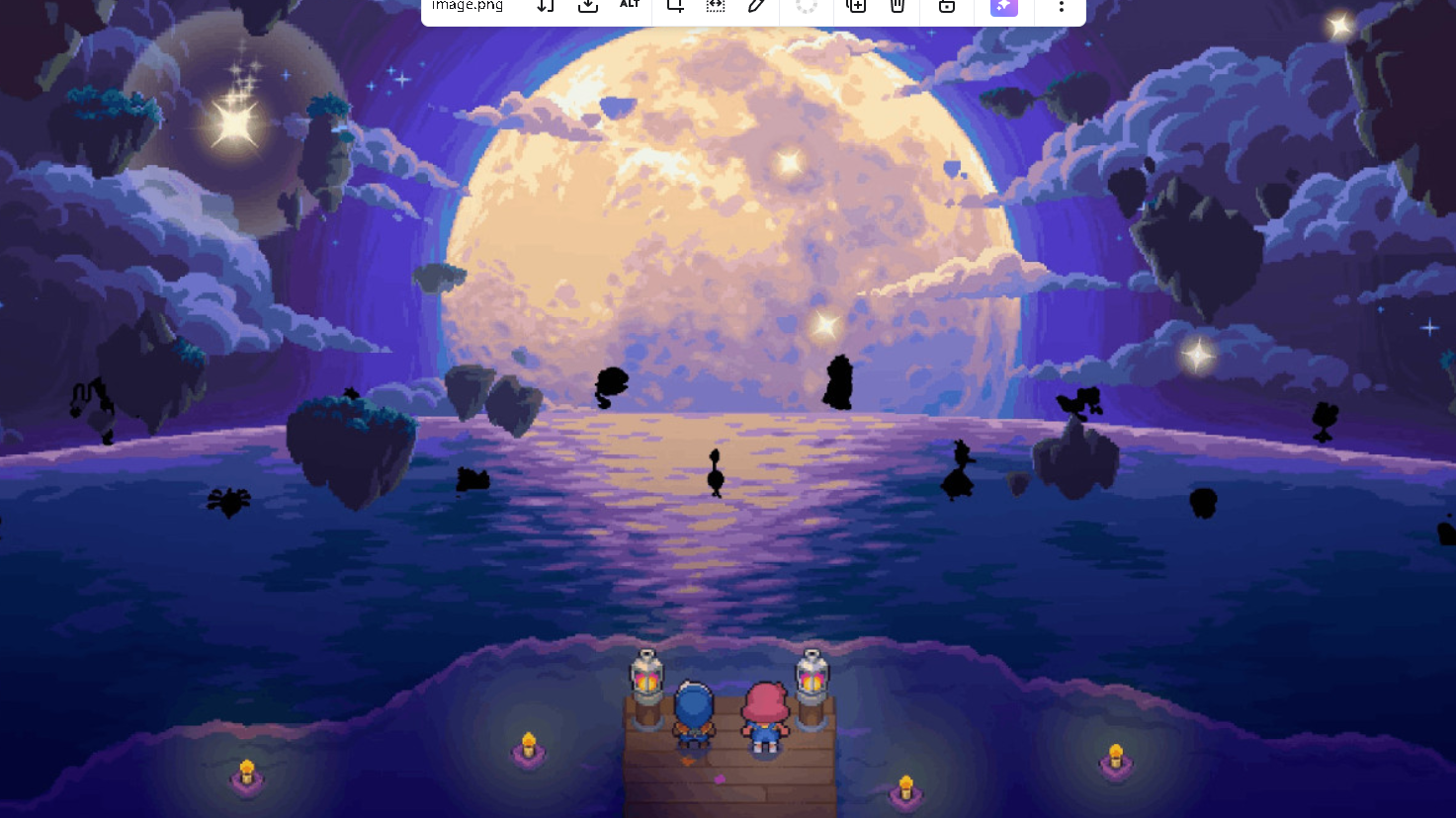
¶ UI: Dialogue
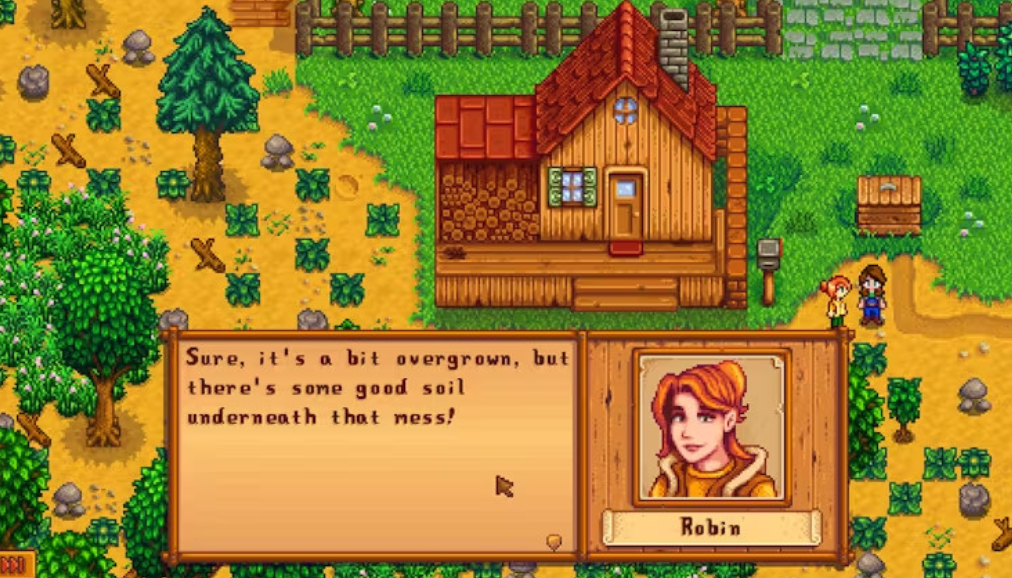 Dialogue UI |
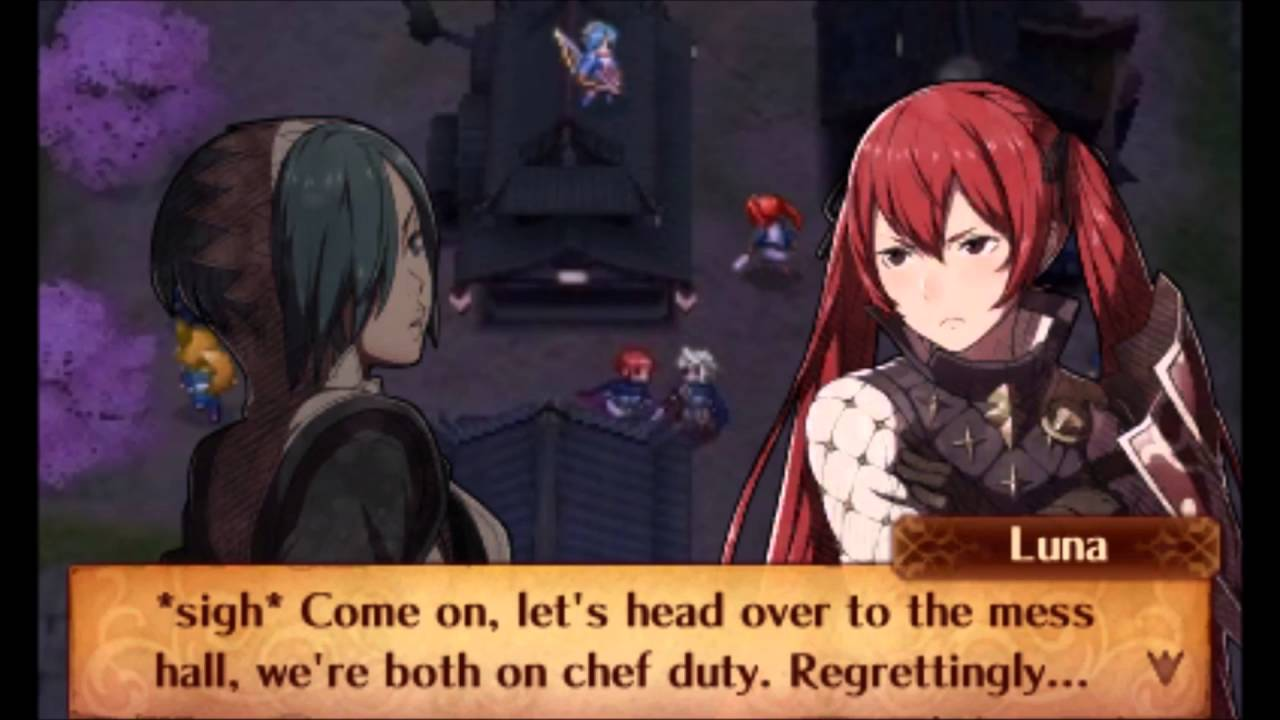 Dialogue UI |
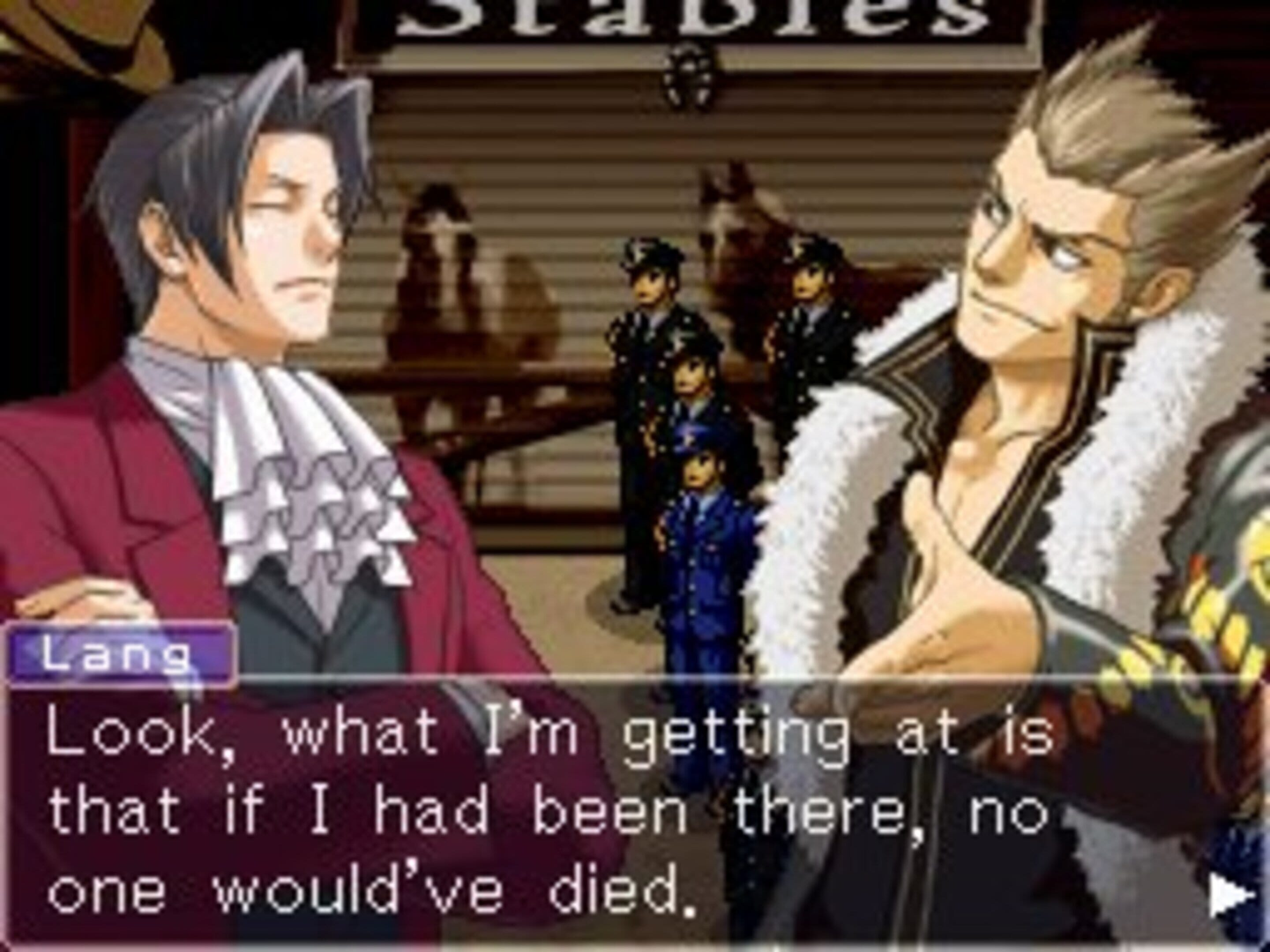 Dialogue UI |
¶ Game-Design-Pillars
¶ Cozy Gameplay ExperienceRelaxed pacing with simple mechanics and emotionally driven exploration. |
¶ 2D Pixel Art StyleCharming, minimalistic visuals that create a magical and intimate atmosphere. |
¶ Narrative-DrivenA subtle, character-focused story about loneliness, connection, and self-discovery. |
¶ Story-Reflective MinigamesSimple minigames designed to mirror emotional progress, blending gameplay with character development. |

¶ Technology
Our game was developed in Unity, programming in C# using Visual Studio Code and Community.
While we mostly used asset packs, we created the character art and sprites ourselves with Procreate and Photoshop.
¶ Milestones
¶ 1. Milestone 04.06.25
-
Have a Unity Project + minimalistic prototypes of important scenes (main scene + at least one minigame)
Abstract storyline + most important dialogue
Design of main character + sketches of second character
Clear plan of what to do next
¶ 2. Milestone 10.07.25
Playable Prototype
Refined storyline with (hopefully enjoyable) dialogue
At least one well playable minigame
Improved gameplay mechanics and assets
Sound and UI


¶ Project Management
We followed an agile methodology based on Scrum. We held weekly or bi-weekly meetings via Discord as well as in person before or after class. This iterative approach allowed us to regularly reflect on our progress and re-adjust priorities.
We used GitHub for version control, working with a Feature Branch Workflow.
¶ Feature Branch Workflow
In our project, we use the Feature Branch Workflow to structure collaboration within the team and to always maintain a working build.
- The stable production version is located in the
mainbranch. - All new developments and integrations take place in the
developbranch. - For each new feature or change, a separate feature branch is created (
feature/Emma). - After completion, the feature branch is merged into
develop. - Once
developis stable and tested, it is merged intomain.

¶ Development Timeline Overview
We definitely spent most of our time working on the project before the playtestings. Fortunately, we didn’t procrastinate too much. The development time leading up to the playtestings mainly consisted of juicing and bug fixing. We developed the core features over the course of the semester. In mid June, we took a short development break.
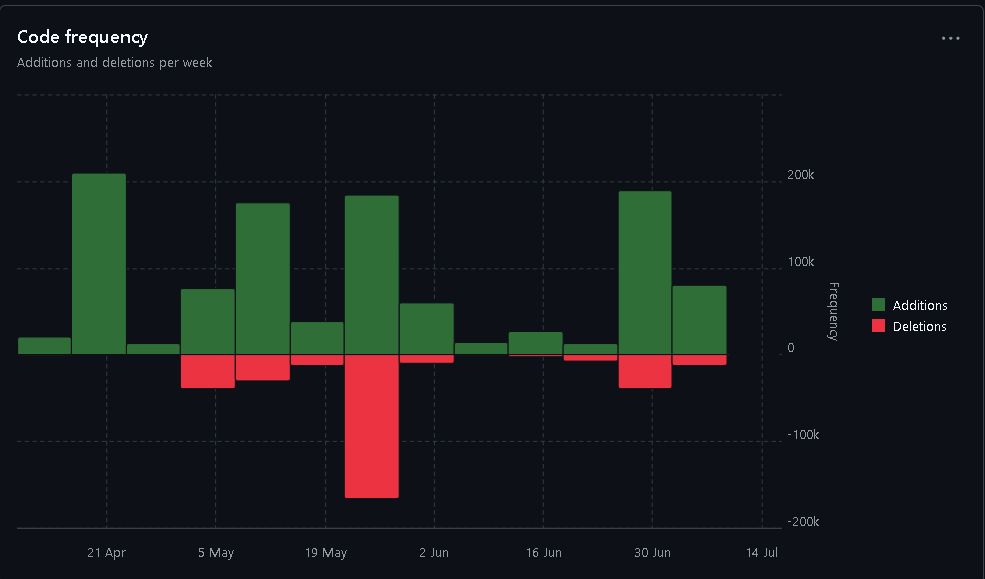
¶ Team Effort and Hours Logged
| Ai | Emma | Michelle | Cengiz | ||||||||||
|---|---|---|---|---|---|---|---|---|---|---|---|---|---|
| Task | Hours | Task | Hours | Task | Hours | Task | Hours | ||||||
| Brainstorm | 3 | Brainstorm | 3 | Brainstorm | 3 | Brainstorm | 3 | ||||||
| Meeting | 20 | Meeting | 20 | Meeting | 20 | Meeting | 20 | ||||||
| Designing concepts | 10 | Research | 10 | Dialog Manager | 3 | Forest maze prototype | 4 | ||||||
| Enola design/animation | 6 | Story writing | 15 | Searching assets & tilemaps | 3 | Learning Git & convincing team | 3 | ||||||
| Research | 2 | Searching sounds | 3 | Level design: Maze | 4 | Learning particle system | 2 | ||||||
| Skye & Enola sprites | 5 | Bug fixing | 15 | Learning particle system | 1 | Star minigame prototype | 6 | ||||||
| Preparing presentation | 5 | GDD | 4 | Preparing presentation | 5 | Star minigame variant proto | 4 | ||||||
| Game testing 1 | Game testing 1 | Game testing 1 | Button game prototype | 6 | |||||||||
| Button assets | 3 | Features / code cleanup | 10 | Music research | 5 | Solving Git issues | 5 | ||||||
| Skye design/animation | 6 | Menu, house | 4 | Bug fixing | 15 | ||||||||
| Bug fixing | 15 | Working on feedback | 2 | Wiki | 7 | ||||||||
| Bug fixing | 15 | ||||||||||||
| Level design: Stars & Button | 3 | ||||||||||||
| Writing documentation | 5 | ||||||||||||
| Quest display | 2 | ||||||||||||
| Total Hours: AI = 75, Emma = 80, Michelle = 76, Cengiz = 75 | |||||||||||||
¶ Conclusion & Learnings
We are very satisfied with the final result of our project. Except for a few “nice-to-have” features, we managed to implement all our planned milestones and delivered a complete and playable game. Feedback during our course-wide playtesting session was mostly positive, particularly regarding the game’s atmosphere and emotional storytelling.
Learnings
Throughout the project, we learned a lot both in terms of practical tools and collaborative workflows. We became more comfortable using tools such as GitHub and Miro, and we saw the benefits of investing a lot of time and energy into a well-scoped project.
Our team composition luckily consisting of artists, developers, and writers proved highly effective, and the use of agile methods improved our coordination even further.
In terms of content, lecture topics such as ludonarrative dissonance and the emotional impact of color palettes ended up heavily influencing our (design) decisions. We tried to reflect these learnings in the game’s mechanics and aesthetics.
Outside of the project itself, the course’s curated articles and resources on the Miro board offered us valuable insights into LGBTQIA+ representation in media.
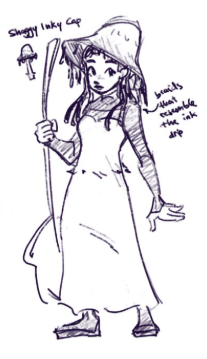
¶ Credits
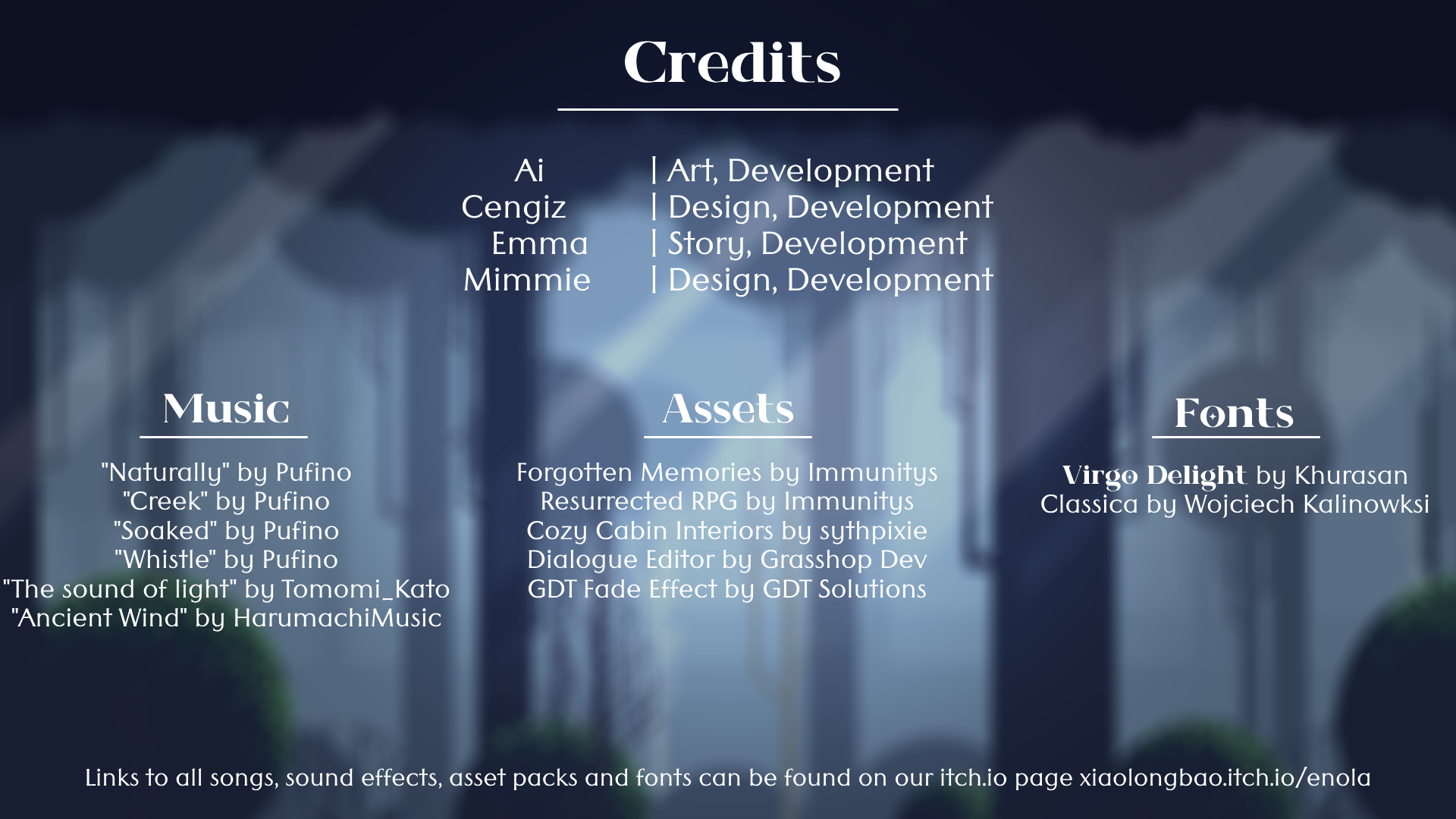
¶ Fonts
Virgo Delight by Khurasan
https://www.dafont.com/de/virgo-delight.font
Classica by Wojciech Kalinowksi
https://www.dafont.com/de/classica-3.font
¶ Music & Sound Effects
Music
by Pufino
https://freetouse.com/music/pufino/naturally
https://freetouse.com/music/pufino/creek
https://freetouse.com/music/pufino/soaked
https://freetouse.com/music/pufino/whistle
by Tomomi_Kato
https://pixabay.com/music/solo-piano-the-sound-of-light-8863/
by HarumachiMusic
https://pixabay.com/de/music/%C3%BCberschrift-ancient-wind-112528/
Sound effects:
https://pixabay.com/de/sound-effects/clothes-drop-2-40202/
https://pixabay.com/de/sound-effects/one-a4-paper-sheet-grab-82980/
https://pixabay.com/de/sound-effects/turning-book-page-79935/
https://pixabay.com/de/sound-effects/paperback-close-93412/
https://pixabay.com/de/sound-effects/shorttabbypurr-43723/
https://pixabay.com/de/sound-effects/cat-meow-11-fx-306193/
https://pixabay.com/de/sound-effects/cat-meow-8-fx-306184/
https://pixabay.com/de/sound-effects/pop-39222/
https://pixabay.com/users/freesound_community-46691455/
https://pixabay.com/de/sound-effects/stone-slide-sound-effects-322794/
¶ Asset Packs
Forgotten Memories by Immunitys
https://immunitys.itch.io/fm32x32
Resurrected RPG by Immunitys
https://immunitys.itch.io/resurected-rpg-tile
Cozy Cabin Interiors by sythpixie
https://sythpixie.itch.io/pixel-cabin-interiors
Dialogue Editor by Grasshop Dev
https://assetstore.unity.com/packages/tools/utilities/dialogue-editor-168329?aid=1101l9Bhe
Free Pixel Art Forest by Eder Muniz https://edermunizz.itch.io/free-pixel-art-forest/